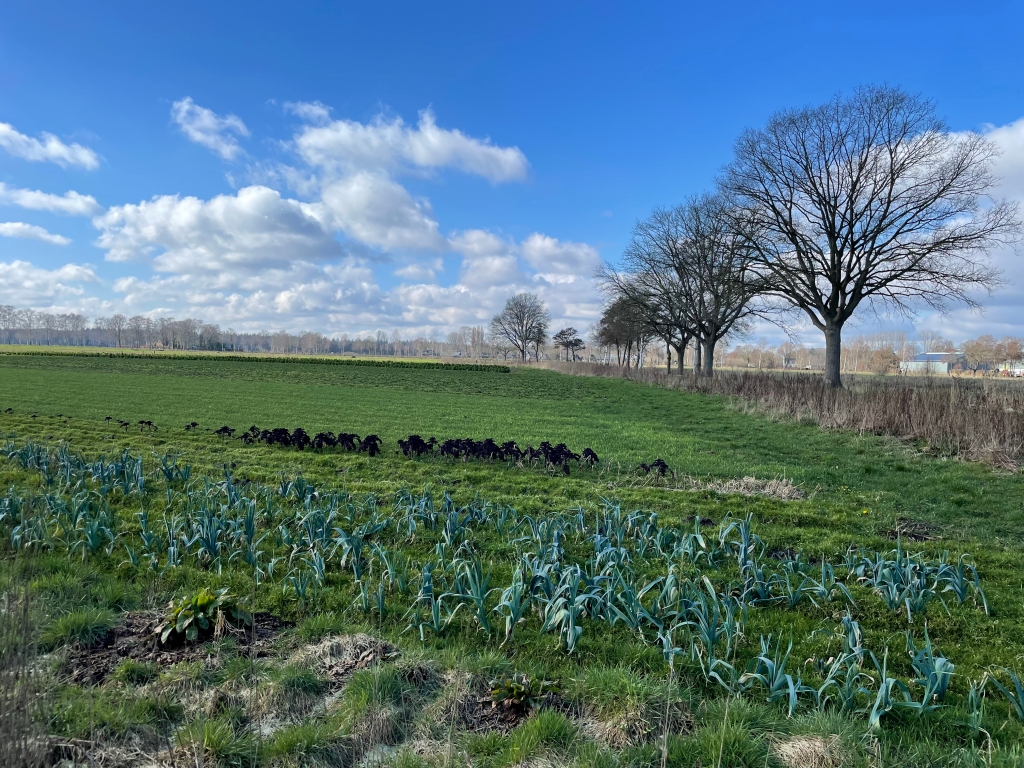The land and the atmosphere are closely connected. From the land, water evaporates and adds moisture to the atmosphere, which in turn forms our rain. Additionally, evaporation costs energy and will lower the air temperature. Vegetation plays a major control in this interaction; however, how vegetation influences our water cycle and energy balance is poorly understood due to its dynamic behavior. Often vegetation (growth) has a season pattern (phenology), and responds in different ways to weather conditions and water shortages. Especially, in times of extremes like droughts and heatwaves, plants have very distinct survival strategies, which directly affects its water use and effects on air temperature.
My research theme focusses on better understanding the role which vegetation has on the water- and energy balance. I do this, by combining different novel sensing techniques (e.g., distributed temperature sensing, isotopic measurements) in different settings: forests, crop land, and urban land. With this I aim to answer questions like how vegetation behaves during droughts, and how e.g., extreme heat can be mitigated with adding vegetation to our living environment.

